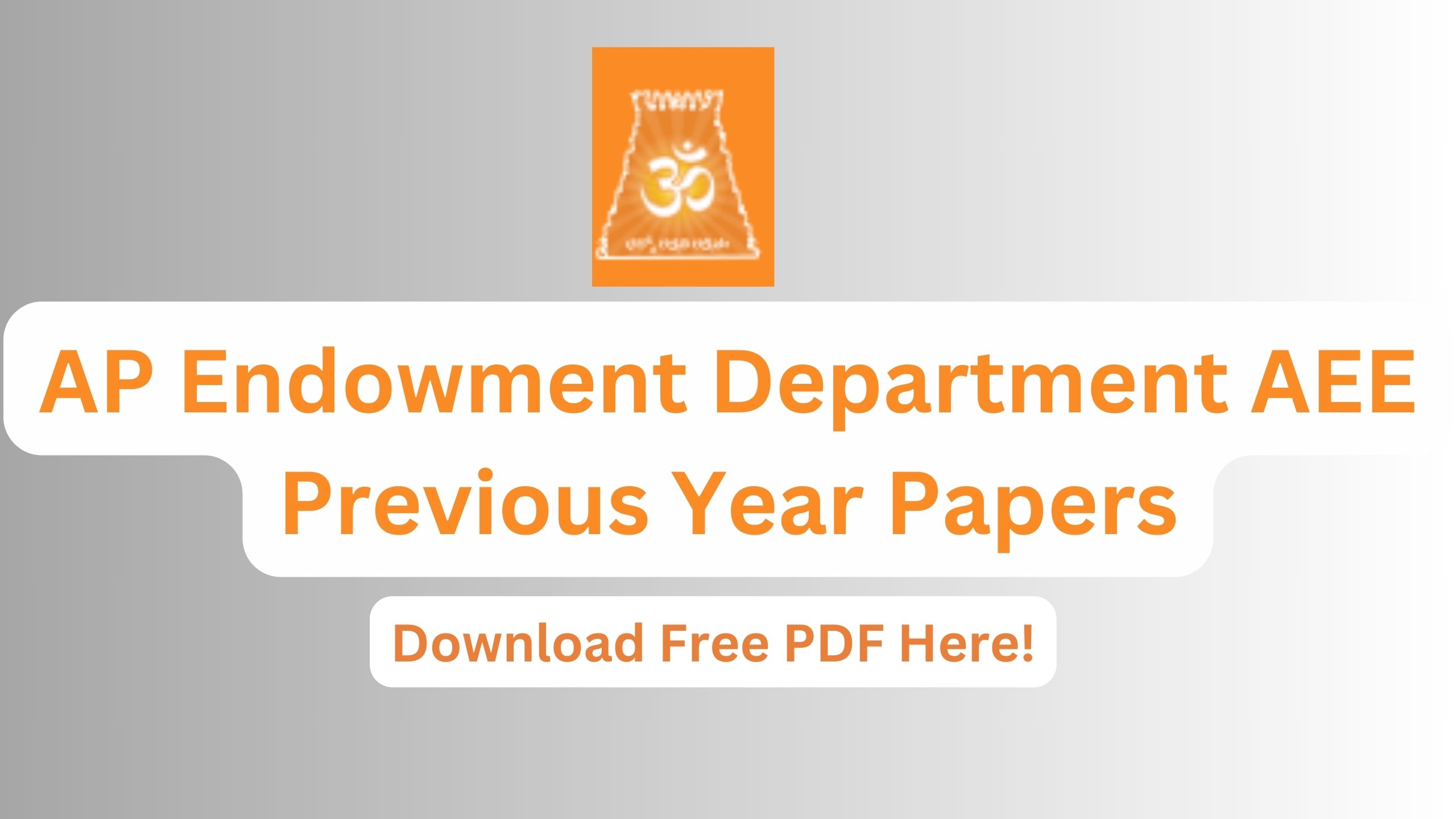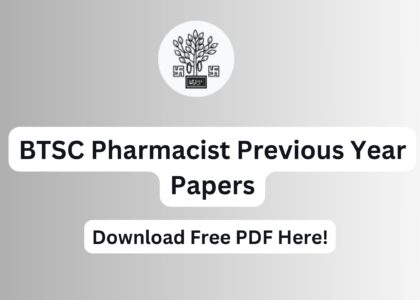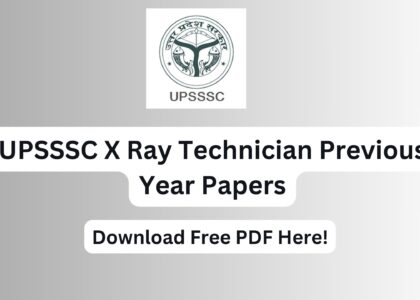The AP Endowment Department AEE (Assistant Executive Engineer) Previous Year Papers play a pivotal role in the comprehensive preparation strategy for aspiring candidates. These papers serve as invaluable resources for individuals preparing for the Assistant Executive Engineer examination conducted by the Andhra Pradesh Endowment Department. By reviewing and solving previous year papers, candidates gain insights into the examination pattern, question types, and the overall structure of the test. The familiarity acquired through these papers not only aids in understanding the distribution of marks across various topics but also allows candidates to tailor their study plans to focus on areas of greater significance. Moreover, practicing with the AP Endowment Department AEE Previous Year Papers helps candidates refine their time management skills, assess their strengths and weaknesses, and build confidence in tackling the challenges posed by the actual examination. Overall, the incorporation of these papers into the preparation process enhances the efficiency and effectiveness of candidates as they strive to excel in the competitive AEE examination conducted by the AP Endowment Department.
Check TTD Previous Year Papers Here!
Download AP Endowment Department AEE Previous Year Papers PDF
The candidates can download the AP Endowment Department AEE Previous Year Papers PDF which was earlier conducted under APPSC.
| Branch | Direct |
| Civil | Download PDF |
| Electrical | Download PDF |
Andhra Pradesh Endowment Department AEE Previous Year Papers Benefits
The AP Endowment Department AEE (Assistant Executive Engineer) Previous Year Papers offer numerous benefits for candidates preparing for the examination:
1. Familiarity with Exam Pattern:
- Understanding the format of the exam, including the number of sections, types of questions, and marking scheme.
2. Insight into Question Types:
- Identification of recurring question types, enabling candidates to tailor their preparation to address specific topics.
3. Time Management Skills:
- Practice in managing time constraints, ensuring efficient utilization of the allotted time during the actual exam.
4. Topic Prioritization:
- Recognition of high-weightage topics, allowing candidates to prioritize their study efforts based on the historical importance of different subjects.
5. Self-Assessment:
- Evaluation of one’s own performance to identify strengths and weaknesses for targeted improvement.
6. Real Exam Simulation:
- Replication of exam conditions, helping candidates become familiar with the pressure and environment of the actual AEE examination.
7. Identification of Weak Areas:
- Pinpointing specific topics or concepts that require additional focus and remedial study.
8. Strategic Study Planning:
- Development of a well-informed study plan based on the insights gained from previous year papers.
9. Confidence Building:
- Building confidence by successfully tackling questions from previous years, fostering a positive mindset for the upcoming exam.





